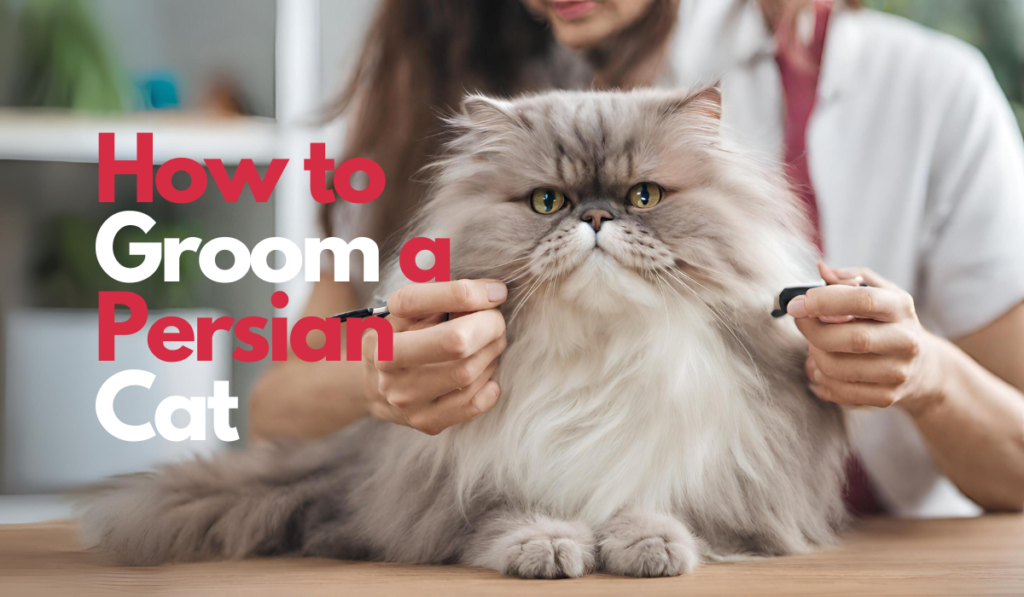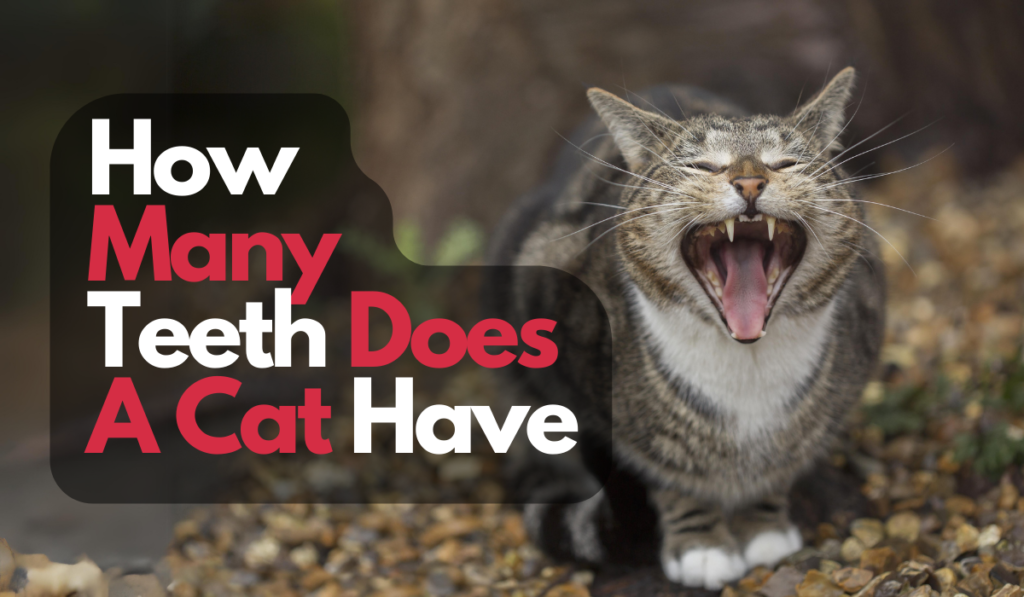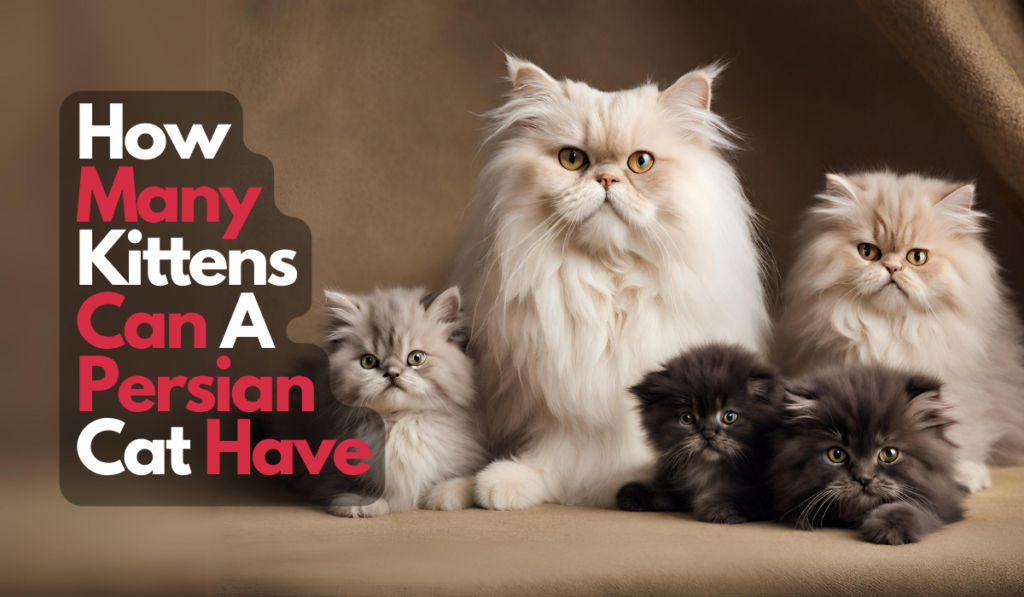As a cat lover, you may have wondered if your furry friend can enjoy some of the foods you eat. One of the most common human foods that cats may encounter is bread. Bread is a staple in many cuisines and households, and sharing a bite with your kitty can be tempting.
Yes, cats can eat bread in moderation. However, it should not be a staple in their diet. Ensure it’s plain, free from additives, and remove crusts. Watch for any adverse reactions, and consult a vet if unsure.
But can cats eat bread? Is it safe or harmful for them? What to avoid while feeding with breads? and how to feed it safely to your beloved Cats. In this blog post, we will answer these questions and more.
What is Bread Made of?
Bread is a baked product usually made from flour, water, yeast, salt, and sugar. Some breads may contain other ingredients, such as eggs, milk, butter, nuts, seeds, fruits, spices, or herbs.
Bread can come in different shapes, sizes, textures, and flavours, depending on the type of flour and the baking method.
Can Cats Eat Bread?

Cats are obligate carnivores, meaning they need meat to survive and thrive. Their digestive system is adapted to process animal proteins and fats, and they have little need for carbohydrates.
Too many carbohydrates can cause health problems for cats, such as obesity, diabetes, dental issues, and allergies.
However, this does not mean cats cannot eat any carbohydrates. Cats can tolerate small amounts of carbohydrates with adequate protein and fat. Some cat foods may contain grains or other carbohydrates to provide cats with energy and fibre.
So, can cats eat bread? The answer is yes, but only in moderation. Bread is not toxic or poisonous for cats, but it is also not beneficial or necessary for them.
Occasionally, a small piece of plain bread will not harm your cat, but it should not be a regular part of their diet. Bread should be considered a treat rather than a food.
What Types of Bread Can Cats Eat?

If you give your cat some bread as a treat, you should be careful about what type of bread you choose. Some breads may contain ingredients that are harmful or unhealthy for cats, such as:
- Chocolate: Chocolate contains theobromine and caffeine, which are toxic for cats and can cause vomiting, diarrhoea, tremors, seizures, and even death.
- Garlic and onion: Garlic and onion contain compounds that can damage the red blood cells of cats and cause anaemia.
- Raisins and grapes: Raisins and grapes can cause cat kidney failure.
- Nuts: Some nuts, such as macadamia and walnuts, can cause neurological problems in cats.
- Xylitol: Xylitol is an artificial sweetener that can cause hypoglycemia (low blood sugar) and liver failure in cats.
- Alcohol: Alcohol can cause intoxication, vomiting, diarrhoea, coma, and death in cats.
Therefore, you should avoid giving your cat any bread that contains these ingredients. You should also avoid giving your cat any bread that has mould on it, as mould can produce toxins that can harm your cat.
The best bread for your cat is plain white or whole wheat with no added sugar or salt. You should also ensure the bread is fresh and not stale or hard.
You should only give your cat a small piece of bread (about the size of your fingertip) and watch for any signs of allergic reactions or digestive upset.
What Are The Benefits of Giving Your Cat Bread?

There are no significant benefits to giving your cat bread. Bread does not provide any essential nutrients or vitamins for cats. It may provide some energy and fibre for your cat, but these can be obtained from other, more suitable sources.
Some people may give their cat bread to help with hairballs or constipation. However, there must be evidence that bread can help with these issues. Bread may worsen them by adding bulk to the stool without adding moisture.
A better way to help your cat with hairballs or constipation is to provide plenty of fresh water and high-quality cat food that meets their nutritional needs.
What Are The Risks of Giving Your Cat Bread?
Giving your cat bread has several risks, especially if given in large amounts or frequently. These include:
- Weight gain: Bread is high in calories and low in protein, which can cause your cat to gain weight and become obese. Obesity can lead to various health problems for cats, such as diabetes, arthritis, heart disease, and cancer.
- Diabetes: Bread is high in carbohydrates, which can cause spikes in blood sugar levels. This can increase the risk of diabetes in cats, especially if they are overweight or have a genetic predisposition. Diabetes can cause severe complications for cats, such as nerve damage, kidney failure, and blindness.
- Dental issues: Bread is sticky and can get stuck between cats’ teeth. This can promote the growth of bacteria and plaque, which can cause dental issues such as gingivitis, periodontitis, and tooth decay. Dental issues can cause pain, infection, and tooth loss for cats.
- Allergies: Some cats may be allergic to bread or some of its ingredients. This can cause itching, sneezing, coughing, wheezing, vomiting, diarrhoea, or anaphylaxis. Allergies can be life-threatening for cats if not treated promptly.
- Choking: Bread can be a choking hazard for cats if they swallow it without chewing it properly. This can obstruct the airway or the digestive tract, which can be fatal for cats.
How Do You Feed Your Cat Bread Safely?
If you want to give your cat bread as a treat, you should follow these tips to ensure their safety and health:
- Choose plain white or whole wheat bread with no added sugar or salt.
- Avoid bread that contains chocolate, garlic, onion, raisins, grapes, nuts, xylitol, alcohol, or mould.
- Cut the bread into small pieces that are easy for your cat to chew and swallow.
- Give your cat only a tiny amount of bread (about the size of your fingertip) once in a while (no more than once a week).
- Watch your cat for any signs of allergic reactions or digestive upset after giving them bread.
- Provide your cat with plenty of fresh water and high-quality food that meets their nutritional needs.
Conclusion:
In conclusion, while bread is not toxic to cats, it’s far from an ideal or necessary part of their diet. Cat owners should prioritize their pets’ health and nutritional needs over the desire to share human foods.
Moderation, careful selection, and vigilant monitoring are essential when considering bread as an occasional treat for your feline companion.







